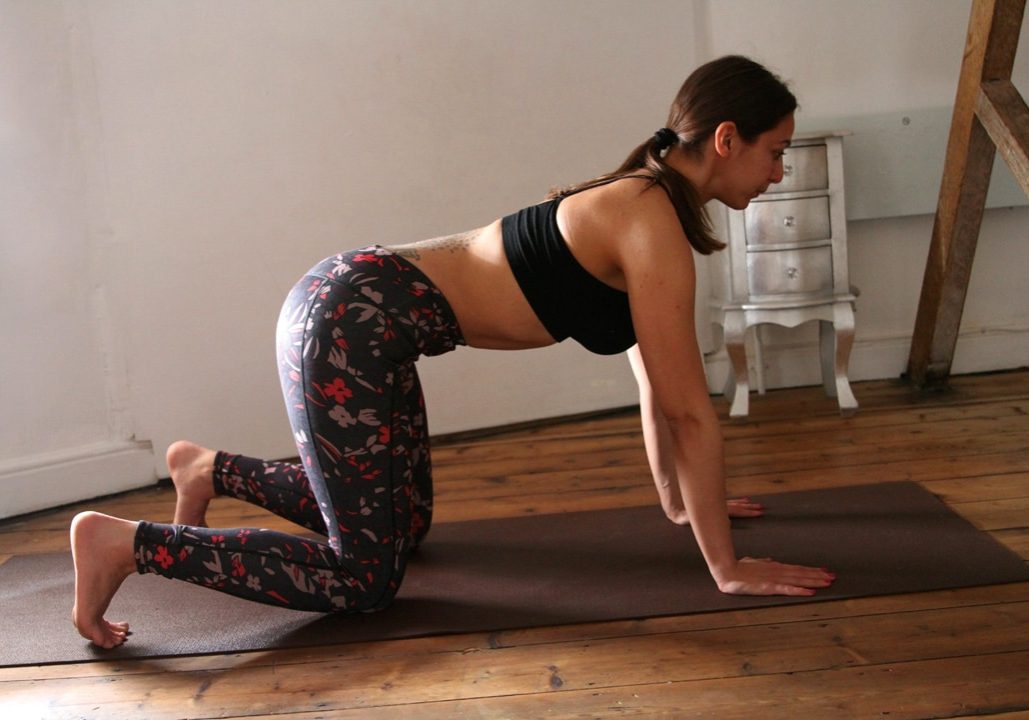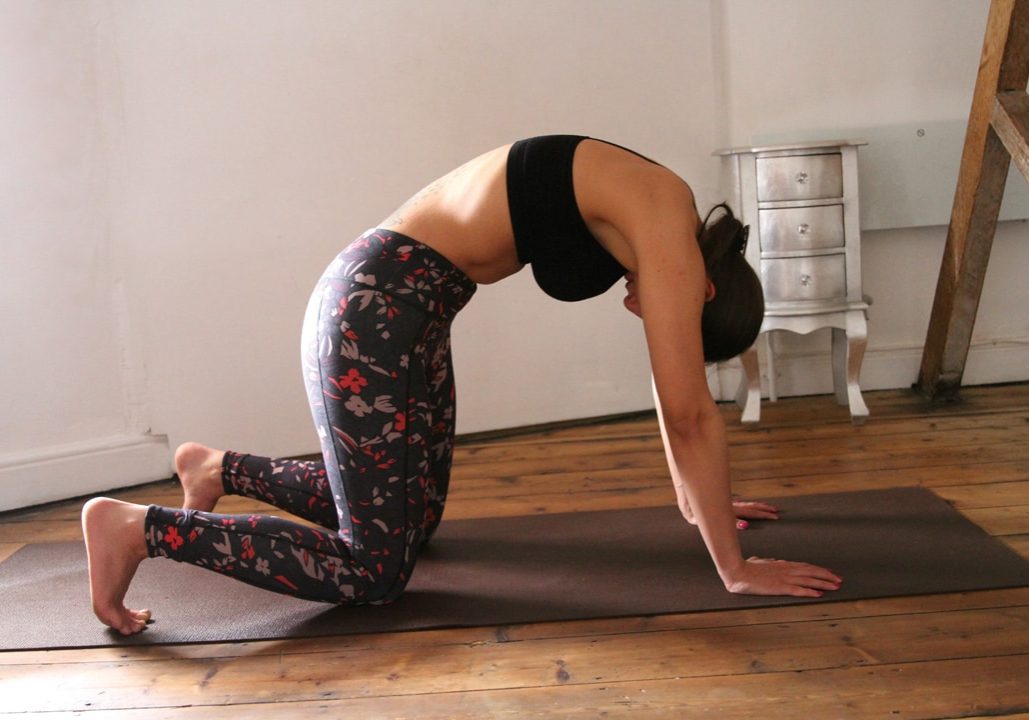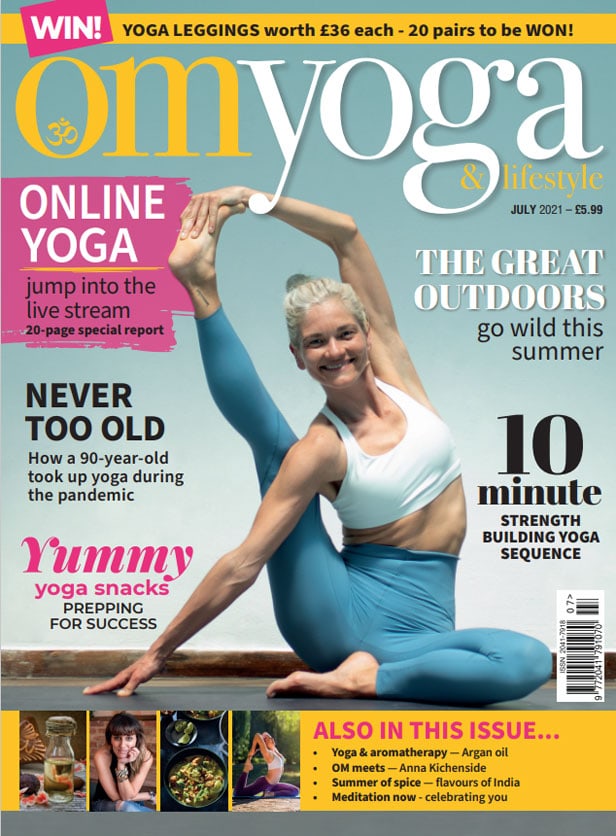Superfood for the spine
Why undulations are superfood for the spine. By Maryem Boulahri
I teach my students that the spine is the super highway of communication. That if the spine doesn’t move well, we will begin to compensate by unnaturally engaging other parts of the body.
However, when we welcome the spinal undulation into our practice — a form of wavy primal rippling from the base of the spine to the crown of the head — it can revolutionise our approach to yoga and beyond (and it also feels delicious!).
Spiritual anatomy tells us that our back body is our storage container for past events. Our conditioning, relationships, fears and all that shapes our identity is left behind us, as our front body is conversely focused on self-representation. It is human nature to portray a version of ourselves that we wish people to see, however this tends to send us spiralling towards feelings of loss and disconnection as we hide away the discomforts, shame and traumas past.
The practice of yoga reminds us to align with all that we are. Our past is a key ingredient in the healing process that allows us to step into the future with greater self-awareness, confidence and truth. Undulations are a simple way to keep us engaged, as we hug muscle to bone, toning and shaping our body, we simultaneously create a mindful symbology that reminds us to show up in the world as our true selves.
As well as healing, tuning in with your body in this mindful way also prevents injury. Stretching is not necessarily the gateway to becoming flexible, as all too often muscles are dehydrated and encased in connective tissue. If your muscles feel crunchy and stiff, then undulations are the way to go as every micro-movement stimulates a healthy release of synovial fluid and, since the discs don’t receive blood supply, they depend on these primal movements to nourish discs and ligaments.
How to undulate
We tend to instinctively move from the bendiest part of the spine, therefore it is important to start your undulations by isolating your moves, segment-by-segment, to feel every degree of mobility. This is important to reclaim the natural curves of the spine and to feel deeply into this self-massage.
1. Ripple back from table top to an active child's pose where your whole hand is actively rooted down.



2. Pump the back of the heart forward, lift your pelvic floor, squeeze your glutes and begin to curl your glutes, energising them towards the back of your knees which will charge your hamstrings.



3. Squeeze in and up through the pelvic floor and draw the pubic bone to the navel, then suction your navel in and up towards your solar plexus; suction the solar plexus in and up towards your heart, then suction in and up towards your throat (in slow deliberate order) until you feel the huge rounding back space is spreading open. Flood the back space with breath for a moment.

4. Begin to only move your pubic bone back in space, and tilt your sitting bones up, widening the glutes; your lower back will slowly begin to engage the lower back. Ripple the spine sequentially and organically, your gaze will start to look forward.

5. Crawl engagement up to the back of your throat, as it contracts and the front opens, gazing forwards.

6. Travel back and forth as many times as you need, speeding up the movement, using your breath as a barometer.

Maryem Boulahri is an intuitive yogi, writer and business owner. She specialises in private 1-1 yoga support within the sport and film industries, as well as offering free weekly live yoga sessions.




